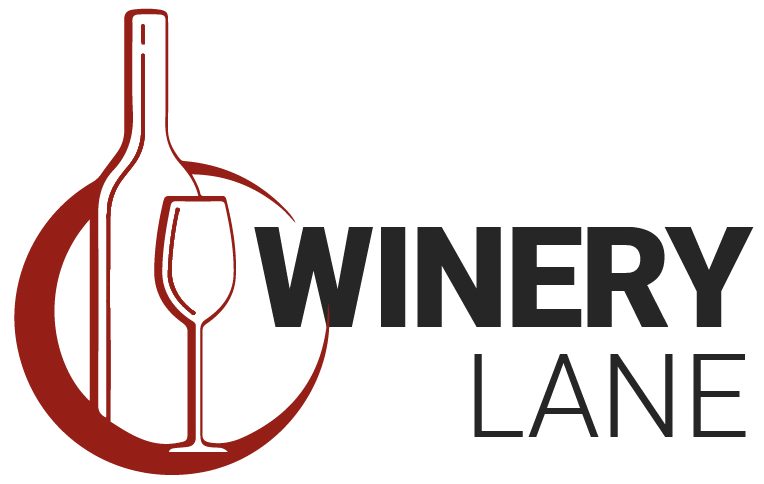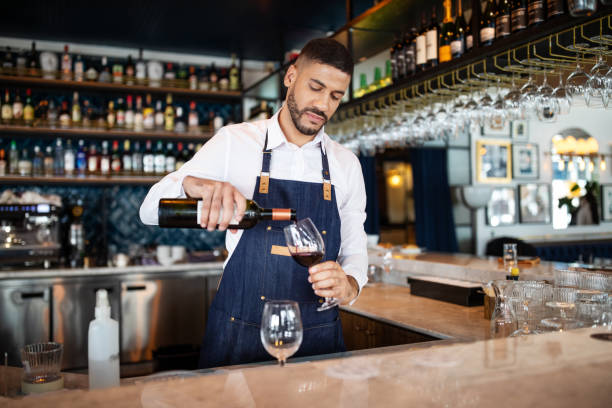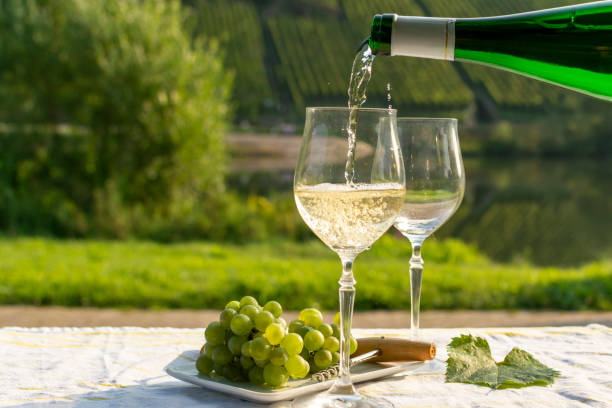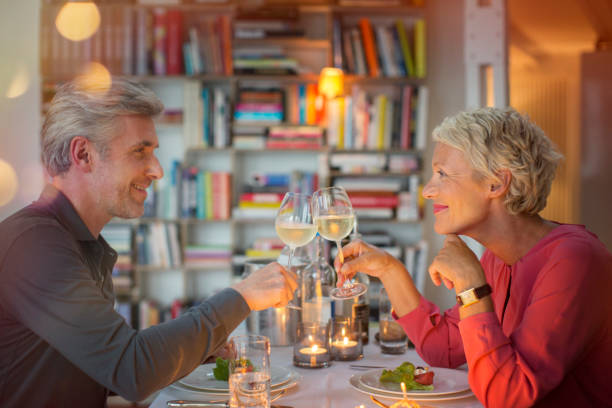Wine tastings at your winery give customers the chance to sample a product without committing to buying a bottle. Wine tastings can also be a great way to spend a day with friends, coworkers, or couples. Here are some ways that can benefit your business and give customers an unforgettable experience while they choose a few favorite wines to bring home.
What is a tasting room?
A tasting room is an area where customers can sample the products of your winery. These rooms can be found on-site, and they are a great way to sell directly to customers.
The size of the tasting room will determine whether it is used for wedding receptions, corporate functions, or other social events. A tasting room can also be used to promote your wine club. The staff of your tasting room should educate customers about the wines you sell and wine-tasting practices, like how to hold a glass so that they have a good experience.
Benefits of having a wine-tasting room
There are a few key benefits to keep in mind when hosting a tasting room at your winery or brewery:
- Builds brand loyalty When your customers enjoy a positive experience in your wine-tasting room, they will remember it for their next event or recommend it to friends.
- Provides a personal touch: Staff can engage with customers in small, intimate settings to inform and converse.
- Tastings educate customers. They are a great way to inform consumers about your brand, the grape varieties in the region, and even the history of your winery. This will encourage your guests to purchase bottles in your establishment with more knowledge.
- Promotes direct sales. Rather than choosing your wines from a liquor shop’s crowded shelves, you can bring guests to your winery and encourage immediate sales. You could even have them consume the Wine on-site.
Tasting rooms are a great way to create brand loyalty and to sell directly to consumers.
Wine Tasting Basics
Incorporating unique qualities can set your business apart. However, every tasting room should also consider a few important aspects.
Wine Tasting Cost
Keep these things in mind when pricing your menu:
- The number of wines that guests can sample
- Free cheese Snacks
- Can guests keep their glasses as souvenirs?
- The average price per bottle of Wine
The price of a tasting can vary from free to more than $20. The most common practice is to waive the fee for the tasting or to offer a discount if the customer purchases one or more bottles.
Wine Sample Size
A wine sample is typically 2 to 3 ounces, which is half the size of a regular serving. One bottle of Wine can produce approximately 10 sample sizes.
It is acceptable to serve the tastings in a regular-size wine glass, even though the portions may be smaller. The customers can then swirl the Wine in order to release all of its unique aromas. You can also use disposable plastic cups in a casual tasting room.
Will customers spit out Wine?
Some customers will choose to spit the Wine out rather than drink it. Many customers want to enjoy the aromas and tastes of Wine without having to drink too much.
It is important to provide Spittoons so that your guests can either spit in them or dispose of the rest of their sample. You should also provide water and crackers for guests to clean their palates between different varieties.
Wine Tasting Order
You should order wines that are light-bodied and then move on to those with full, robust flavors.
- Dry white Wine: Riesling, Pinot Griso
- White Wine heavier: Chardonnay, Sauvignon Blanc
- Rose : Pink Moscato and White Zinfandel
- Red Wine with a light body: Pinot Noir Grenache Zinfandel
- Bold, full-bodied red Wine: Merlot Cabernet Sauvignon Shiraz Syrah
- Sweet or dessert wines: fruit wines, Concord
By doing so, you can avoid the bolder flavors overpowering delicate notes in lighter wines.
How to train your tasting room staff
Hire staff with hospitality backgrounds for your tasting room. It is more important that they are able to create a welcoming atmosphere and interact with customers than have a vast knowledge of grapes and wines.
After you have hired the right staff, you can then focus on training. Your team does not need to be sommeliers, but they should be able to communicate effectively with customers who may have tried many wines over the years.
What to look for in Wine
Employees should know what makes a great wine when discussing it with customers:
- Sight Employees should instruct their guests to look at the color and age of the Wine.
- Viscosity: Encourage guests to swirl the glass to show off the thickness of the Wine. The higher the sugar level in the Wine, usually the greater its density. Wines with a high density will stick to the glass side for longer.
- Smell: The aroma of the Wine is released when the glass is swirled. Guests should put their noses into the mirror immediately after the swirl.
- Touch: Ask guests to notice the texture of the Wine when they are drinking it. The viscosity of the Wine is directly correlated to its surface.
- Talk to guests about the flavors and notes that they are picking up on in the Wine. Tell guests to take into account the Wine’s acidity. Use a flavor wheel, if possible, to find the best words to describe the Wine.




